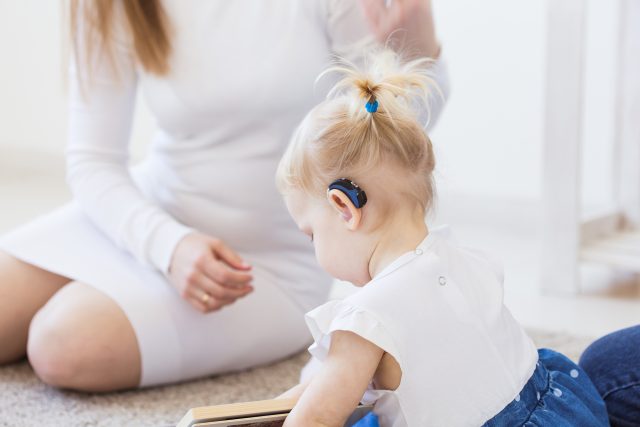
Families of Disabled Children Will Soon Have a New Way to Save – with Tax Perks – for Related Expenses
Alicia H. Munnell is a columnist for MarketWatch and senior advisor of the Center for Retirement Research at Boston College.
This is just one of several ways that states are encouraging saving.
My colleagues Anek Belbase and Geoff Sanzenbacher have been very involved in efforts to set up state “auto-IRA” retirement programs for private sector workers not covered by an employer plan. To get a sense of the feasibility of these new state efforts, they have been exploring 529 plans that allow families to save for a child’s education. In that process, Geoff came across a new account designed for families of disabled youth.
All families need a source of emergency savings – a “rainy day fund” – to cover expenses when things go wrong without tapping more expensive options, such as credit cards. Yet, according to the 2016 “National Financial Capability Study” put out by FINRA, more than half of households lack any form of precautionary saving.
For families of disabled youth, having some liquid resources can be especially valuable. These families are more likely to have health expenses, to require special transportation for their child, and to ultimately have to pay for occupational therapy and other educational services. Yet, for these families, saving is especially difficult because many means-tested programs – like Supplemental Security Insurance and food stamps – treat such savings as assets that can disqualify them from these programs. And for families of a child with disability, this disqualification could be devastating.
To alleviate this problem, Congress in 2014 amended section 529 of the tax code – which gives tax-preferred status to plans run by states or educational institutions that help parents save for college – to create Achieving a Better Life Experience, or ABLE, accounts. Like 529 plans and Roth IRAs, contributions to ABLE accounts are post-tax and earnings are not subject to federal and, typically, state taxes. But, unlike standard 529 plans and IRAs, savings of up to $100,000 in an ABLE account are not counted as assets for means-tested programs. This exclusion means that, in 2017, families with disabled children can save up to $14,000 a year for their children without fear of losing benefits that may be essential to the family. Indeed, the high contribution limit makes ABLE accounts useful not only for rainy day funds, but also for parents worried about their disabled child’s status once the parent dies, leaving the child a source of income without affecting program eligibility. One caveat is that the money has to be used for “qualified disability expenses” including housing, transportation, job training, assistive technology, and health.
But the change to the tax code did not actually create the accounts – states have to do that. So far, several are getting into the act. To date, 14 states, ranging from Alaska to Ohio to Virginia have set up accounts. Luckily, families do not need to live in one of these states to contribute. Like 529 plans, individuals in any state can participate in another state’s plan. I imagine states starting up these accounts will run into similar problems as states starting up auto-IRAs – low account balances at first mean the programs have to be relatively expensive before finding their footing. But the success of 529 plans in the college setting shows that these kinds of programs can be successful.







